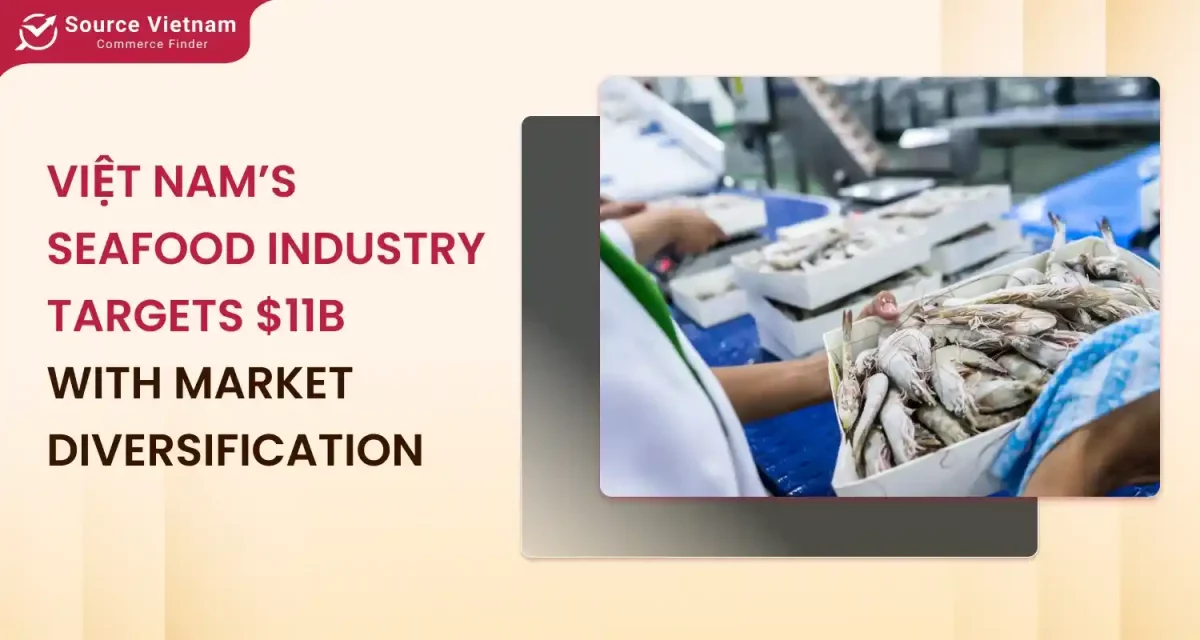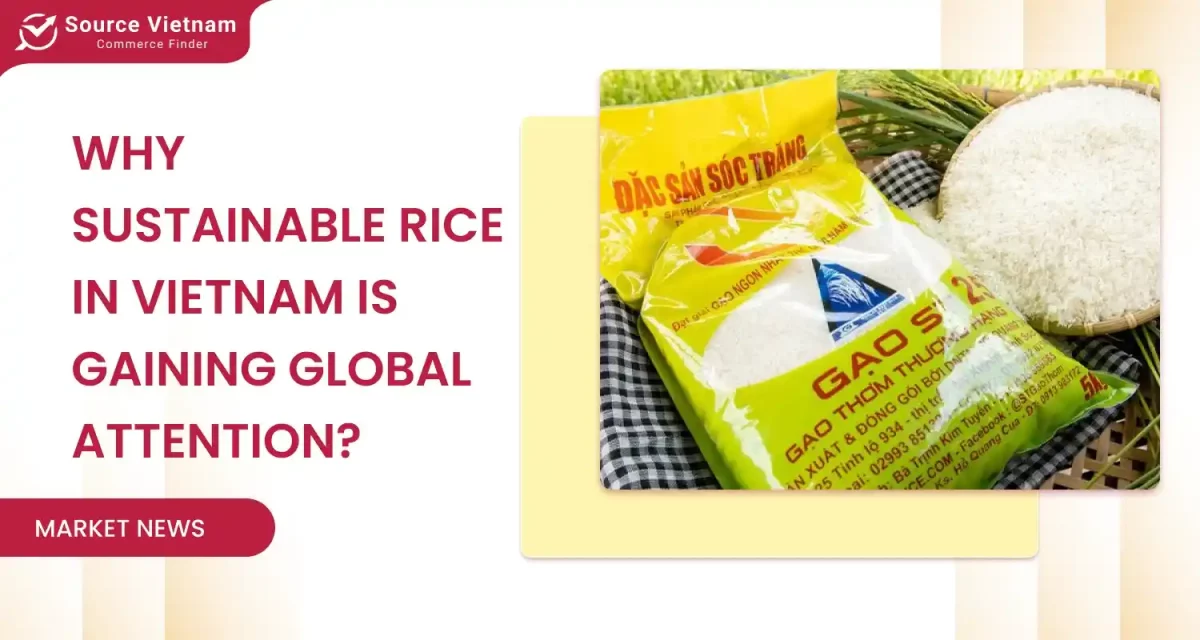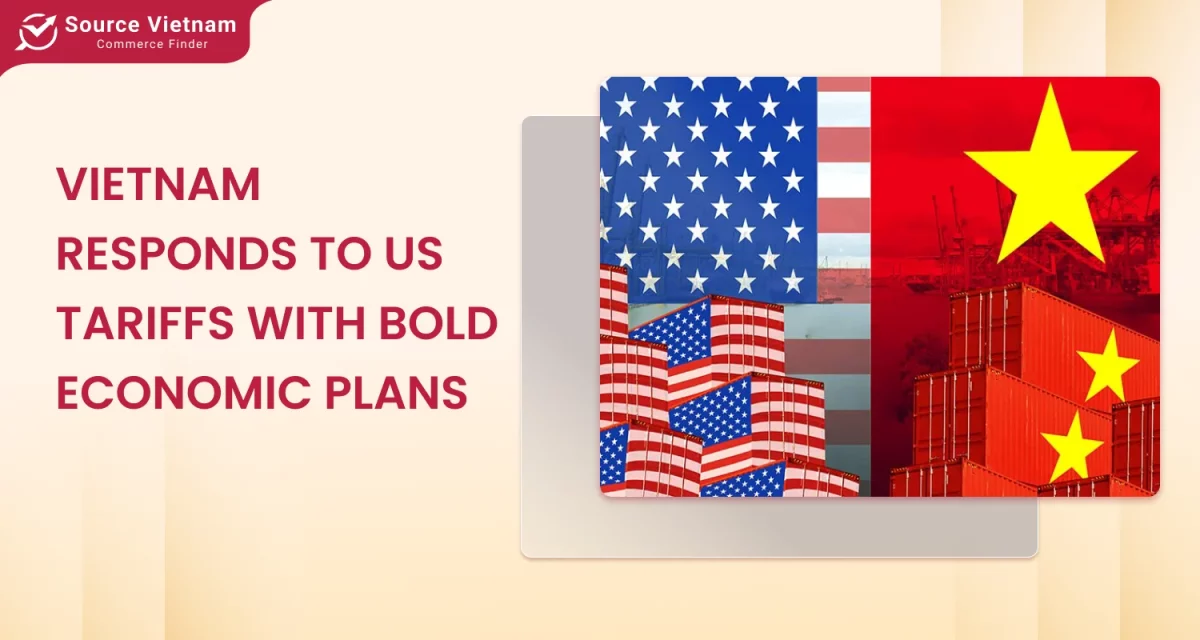Vietnam has long been one of the world’s top exporters of seafood, with shrimp at the heart of its success. Over the past few years, Vietnam’s shrimp exports have continued to show impressive growth, even in the face of global challenges such as supply chain disruptions, rising costs, and fluctuating demand. In this blog, we’ll take a closer look at why Vietnam’s shrimp export market continues to thrive and explore the key factors driving this growth. Let’s dive into the details.
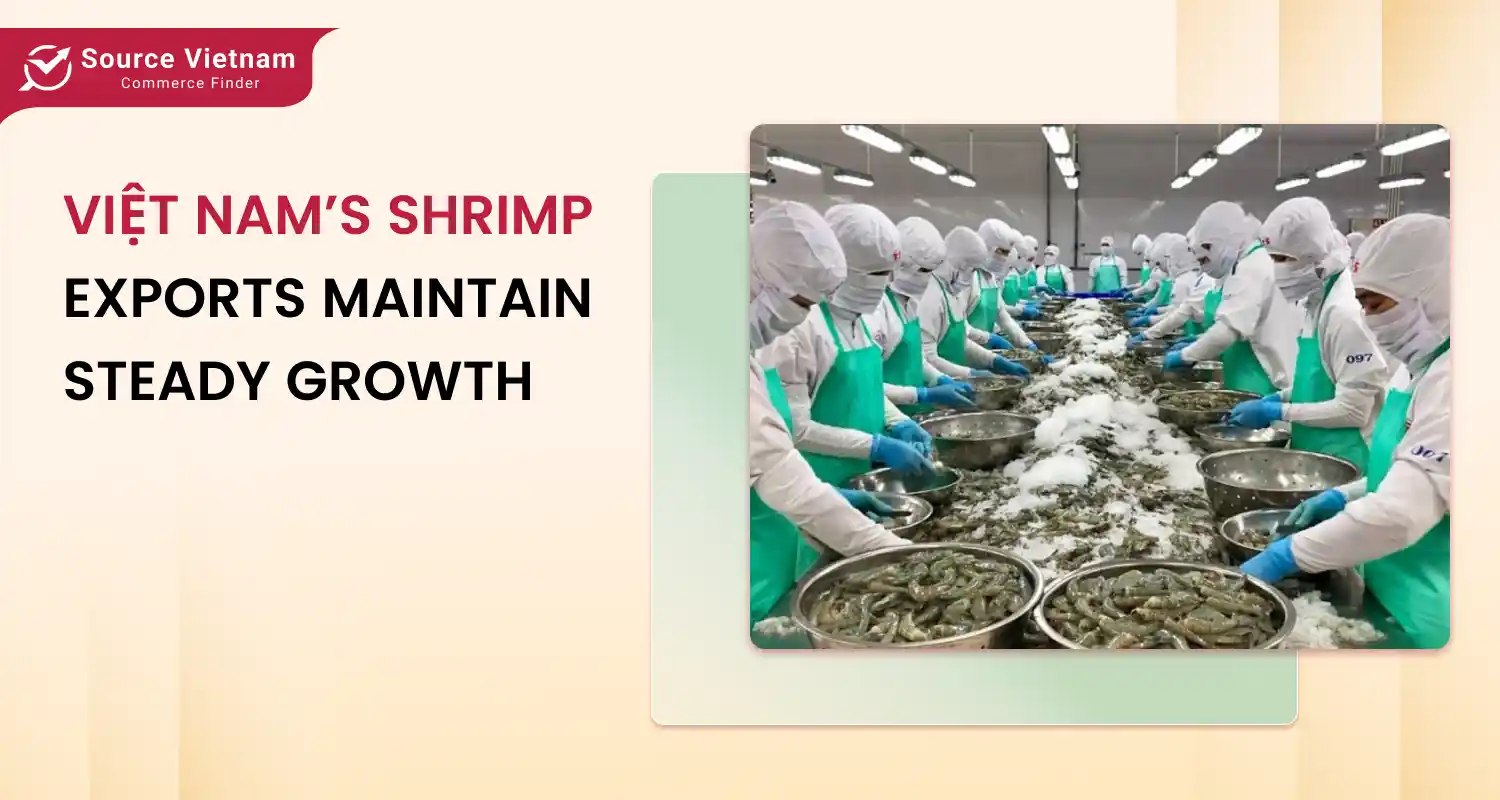
A snapshot of Vietnam’s shrimp export market
Shrimp has been a key part of Vietnam’s agricultural export strategy, and the country’s export performance has been strong year after year. According to recent reports, Vietnam’s shrimp exports have maintained a steady upward trajectory, with an estimated value of over $1 billion in the first few months of 2025 alone. This consistent growth highlights the resilience of the industry and its ability to adapt to shifting global conditions.
Shrimp is one of the most important seafood exports for Vietnam, which ranks as one of the largest shrimp exporters globally. The country’s shrimp exports account for a significant portion of seafood exports to key markets like the U.S, Japan, the European Union (EU), and emerging regions in Asia and Middle East.
Key factors driving steady growth
There are several factors contributing to the steady growth of Vietnam’s shrimp exports. From high-quality production to improved farming techniques, here’s why Vietnamese shrimp continue to be in high demand on the global stage.
Quality and sustainability standards.
One of the main selling points of Vietnamese shrimp is its superior quality. The country’s shrimp industry has placed a strong emphasis on producing high-quality products, which comply with international standards. These standards ensure that the shrimp are not only safe for consumption but also meet the environmental, health, and sustainability criteria that many buyers are looking for.
Sustainability has become a key issue globally, especially in the food industry. As consumers become more environmentally conscious, sustainable seafood sourcing is becoming a priority for businesses around the world. Vietnam’s shrimp industry has risen to this challenge by adopting more sustainable farming practices, including eco-friendly shrimp farming and better waste management techniques. This has helped Vietnam maintain a positive reputation in global markets, particularly in Europe and North America, where sustainability is highly valued.
Additionally, the use of traceability technology, such as blockchain, has helped ensure transparency in the supply chain, making it easier for consumers to trace the shrimp back to its source. This not only enhances the credibility of Vietnamese shrimp but also ensures that it meets the increasing demand for responsibly sourced seafood.
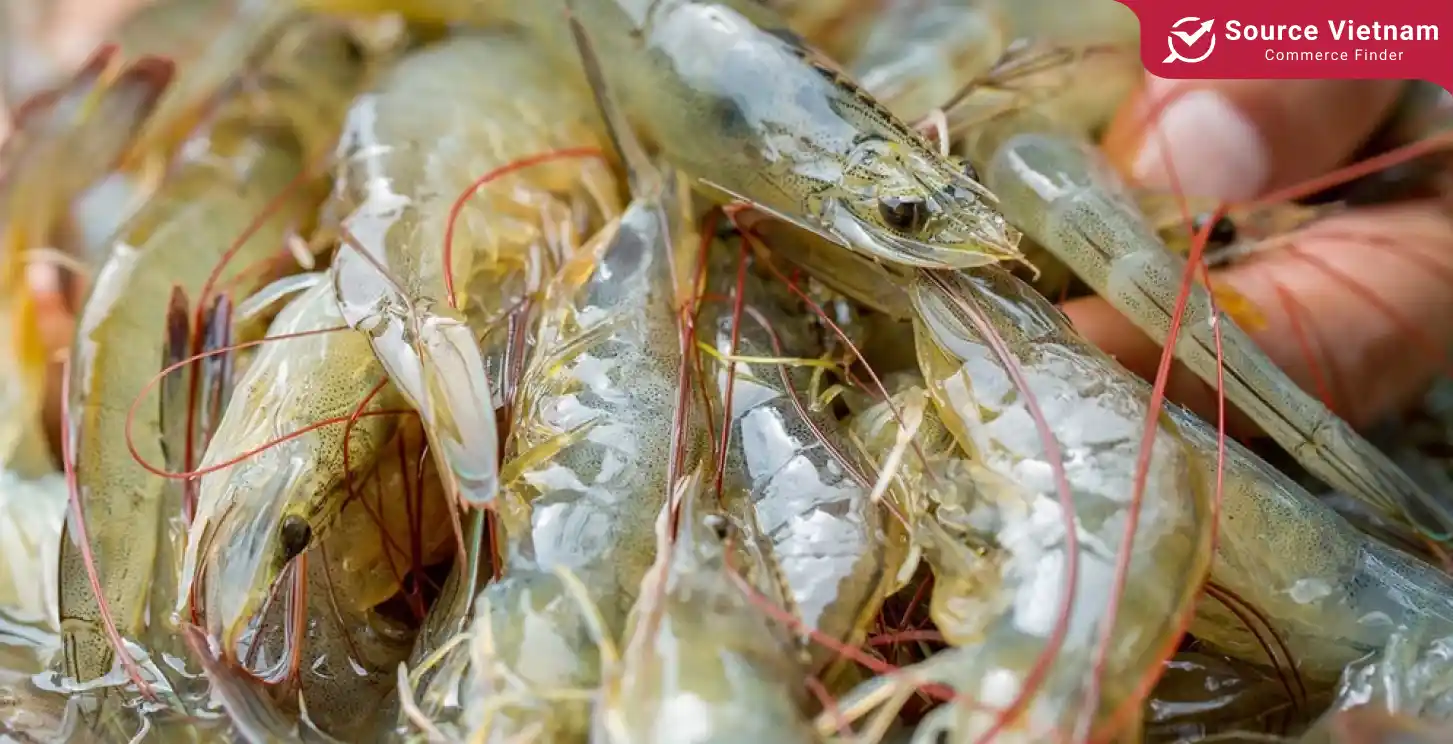
Variety and versatility of shrimp types
Vietnam is a diverse producer of shrimp, offering a wide range of varieties to cater to different global markets. The country produces both farmed and wild-caught shrimp, each with its own characteristics to meet varying consumer preferences.
Among the most popular shrimp varieties exported from Vietnam are black tiger shrimp and whiteleg shrimp (also known as vannamei shrimp). These shrimps are known for their firm texture and sweet taste, making them a favorite among international buyers. The versatility of these shrimp types, combined with their appeal to a wide range of cuisines, has contributed to the steady demand for Vietnamese shrimp across different regions.
Furthermore, Vietnam’s shrimp industry produces various sizes and forms of shrimp, including raw, cooled, peeled, and frozen, which makes it easier for suppliers to meet specific buyer needs.
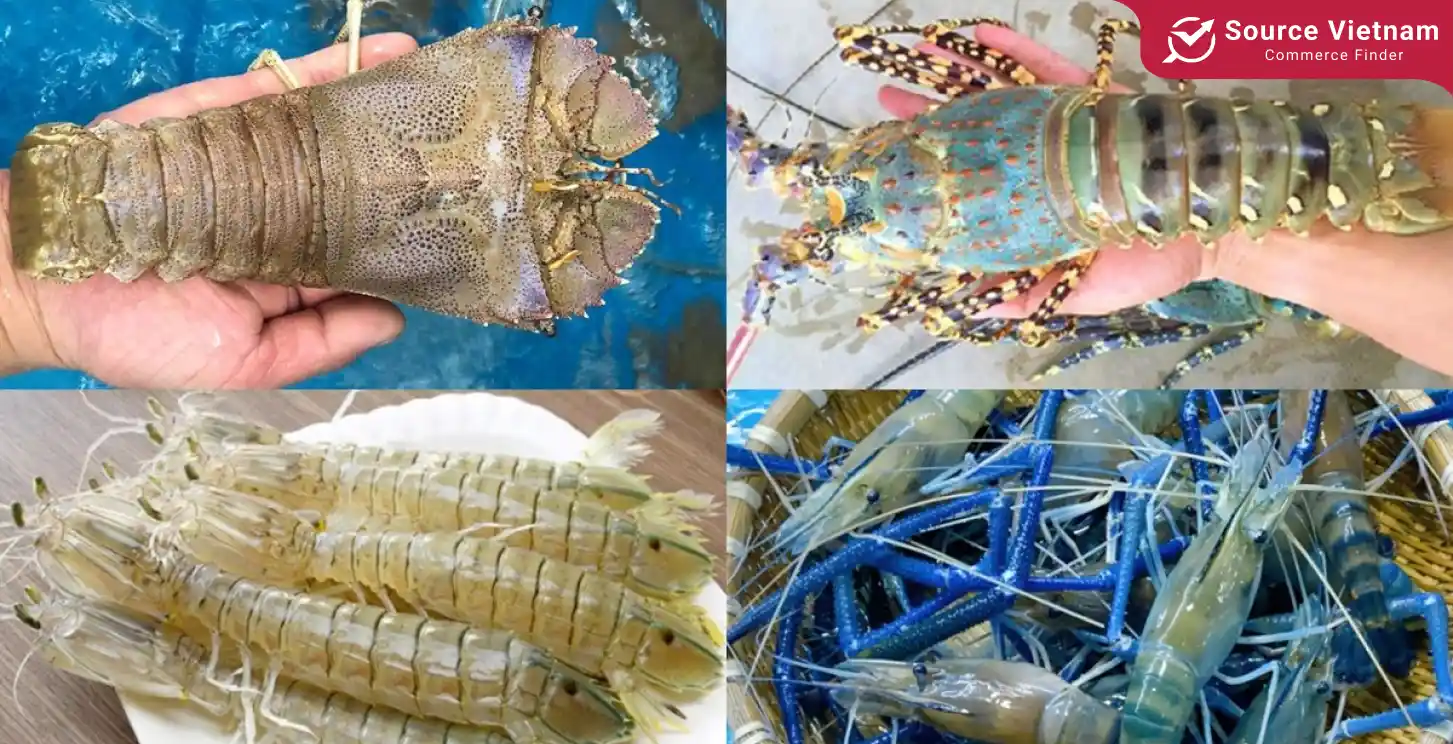
Competitive pricing and cost efficiency
Another factor that has contributed to Vietnam’s success in the shrimp export market is its competitive pricing. While many other countries produce shrimp, Vietnam has managed to keep production costs low without sacrificing quality. This has made Vietnamese shrimp a cost-effective option for international buyers, especially when compared to shrimp from other leading exporters like India and Ecuador
Farmers in Vietnam benefit from relatively lower labor and feed costs, which help keep the price of shrimp competitive. Moreover, Vietnam’s proximity to key seafood markets like China and Southeast Asia allows for cost-efficient transportation, further adding to the attractiveness of Vietnamese shrimp on the global market.
This combination of high quality and competitive pricing makes Vietnamese shrimp an appealing choice for buyers looking to maximize both value and taste.
Strong market demand
Another factor driving growth in Vietnam’s shrimp exports is the increasing global demand for shrimp. Shrimp has become one of the most popular seafood choices worldwide, and this trend shows no signs of slowing down. According to the Food and Agriculture Organization (FAO), global consumption of shrimp has been on the rise, particularly in developed markets like the U.S., Japan, and the EU.
In addition to traditional markets, emerging regions like Southeast Asia, China, and the Middle East have also seen a surge in demand for shrimp. Vietnam’s ability to tap into these new markets has played a crucial role in its export growth. The country’s shrimp exporters are working hard to maintain strong relationships with existing buyers while simultaneously exploring new markets to diversify their export destinations.
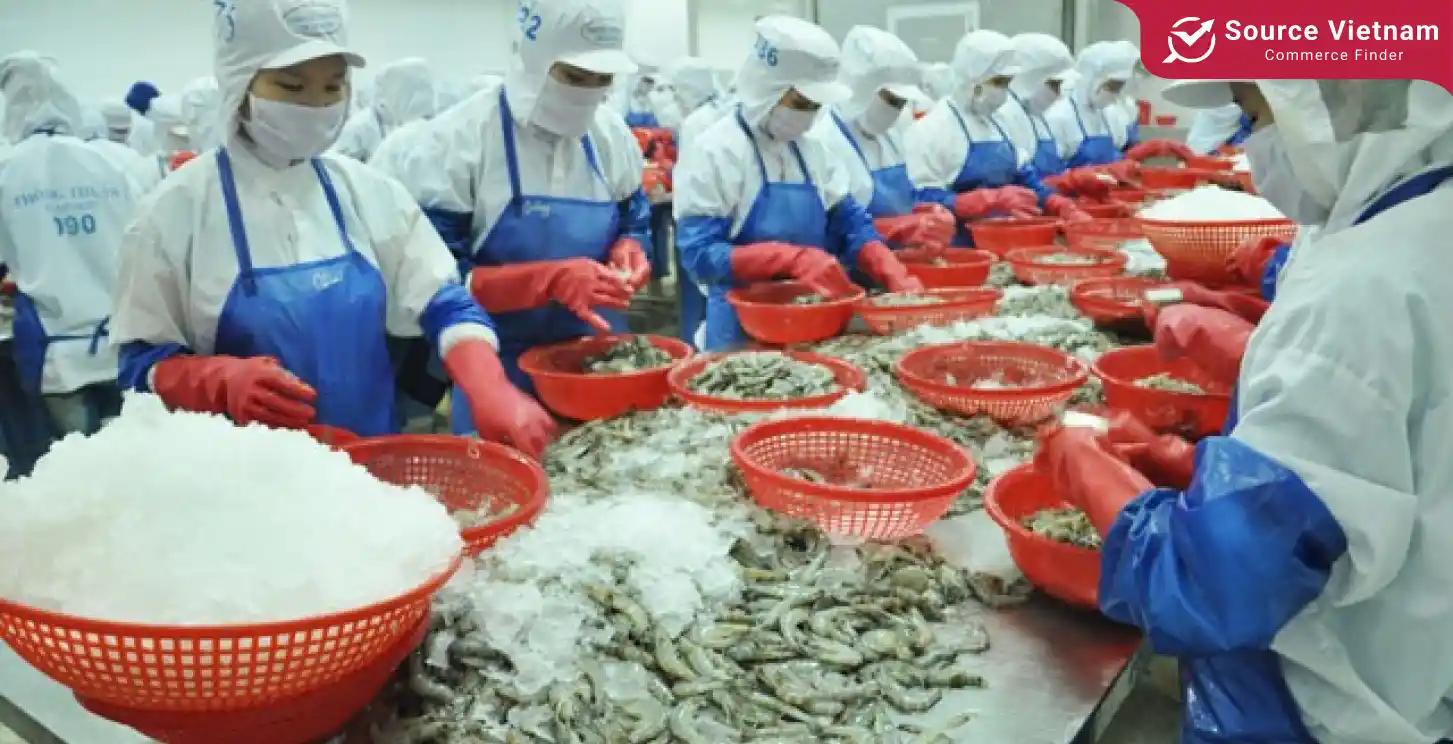
Challenges faced by Vietnam’s shrimp industry
While the future looks bright for Vietnam’s shrimp exports, the industry is not without its challenges. One of the most pressing issues is the rising cost of raw materials, including feed, labor, and farming equipment. This has put pressure on farmers, who are seeing their production costs increase.
Additionally, global supply chain disruptions—exacerbated by the COVID-19 pandemic—continue to impact the timely delivery of shrimp products. Shipping delays, increased freight costs, and container shortages have made it more difficult to meet the demand of international buyers.
To tackle these challenges, the Vietnamese government and shrimp farmers are working together to improve infrastructure, streamline production processes, and increase the efficiency of the supply chain. Investments in technology, automation, and better management practices are helping to offset some of the rising costs and ensure that Vietnam remains a competitive player in the global shrimp market.
The outlook for Vietnam’s shrimp exports
Looking ahead, the outlook for Vietnam’s shrimp industry remains positive. The country’s shrimp exports are expected to continue their steady growth trajectory, fueled by strong demand in traditional markets and the expansion into new regions.
Experts predict that the shrimp export sector could see double-digit growth in the next few years. This growth will likely be driven by innovations in farming technology, increased investments in sustainability practices, and ongoing improvements to the country’s supply chain infrastructure.
Furthermore, with the global push for more sustainable and responsibly sourced seafood, Vietnam’s commitment to eco-friendly farming practices positions the country well to meet the evolving demands of international consumers. As more markets prioritize sustainability, Vietnam’s shrimp sector is well-positioned to capitalize on this trend.
Conclusion: A bright future for Vietnam’s shrimp industry
Vietnam’s shrimp export industry continues to thrive, thanks to a combination of high-quality products, competitive pricing, and a commitment to sustainability. Despite facing challenges, the industry has shown remarkable resilience and adaptability, and the future looks promising.
For businesses and investors interested in the seafood sector, Vietnam’s shrimp market represents an exciting opportunity. With strong growth potential, a wide range of shrimp products, and a commitment to quality and sustainability, Vietnam is poised to maintain its position as a leading global shrimp exporter for years to come.
As the world’s appetite for shrimp grows, Vietnam is proving that it’s not just a major player in the seafood market, it’s a force to be reckoned with.
Want to discover more about Vietnam’s booming shrimp export industry and explore potential opportunities? Visit SourceVietnam.com for in-depth insights and expert guidance!





